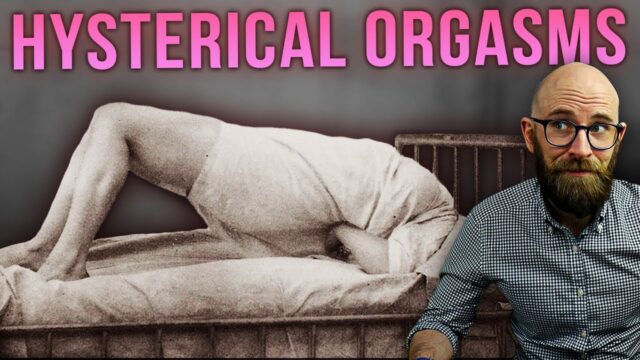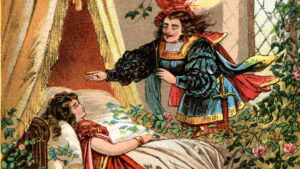“Unlocking Pleasure: The Surprising Truth Behind the Great Vibrator Myth That Everyone Gets Wrong!”
But, what, then, is the real story? How did the ubiquitous sex toy we know and – er – love today actually come to be? Most sources which follow Rachel Maines’s narrative credit the invention of the electric vibrator to British physician Joseph Mortimer Granville. In the 2011 film Hysteria, Granville, played by actor Hugh Dancy, is shown creating the device to more efficiently “service” his patients and later becoming hugely wealthy off his invention. But while Joseph Granville was a real person and did indeed invent an electric vibrator in the 1880s, he did not use his device for the treatment of hysteria, in fact explicitly warning against this application. Rather, he used it almost exclusively on men to treat a wide variety of ailments from chronic pain to deafness. The only sexually-related application mentioned in any of his writings is the stimulation of the perineum – the area between the genitals and anus – to treat male impotence.
Further, according to Maines’s narrative, the legitimate medical use of these devices provided vibrator manufacturers with a plausible cover under which to market their wares. As Lieberman and Schatzberg explain:
“[Maines] argues that the electromechanical vibrator was able to become a mainstream consumer appliance in the early 1900s because it was considered to be a medical device, not a sexual one. The vibrator’s sexual uses remained hidden for over two decades until the late 1920s, when stag films began showing women using vibrators for sexual pleasure. As a consequence, vibrators lost their “social camouflage… as a home and professional medical instrument,” doctors stopped using them in their practice, and mainstream companies stopped marketing them.”












